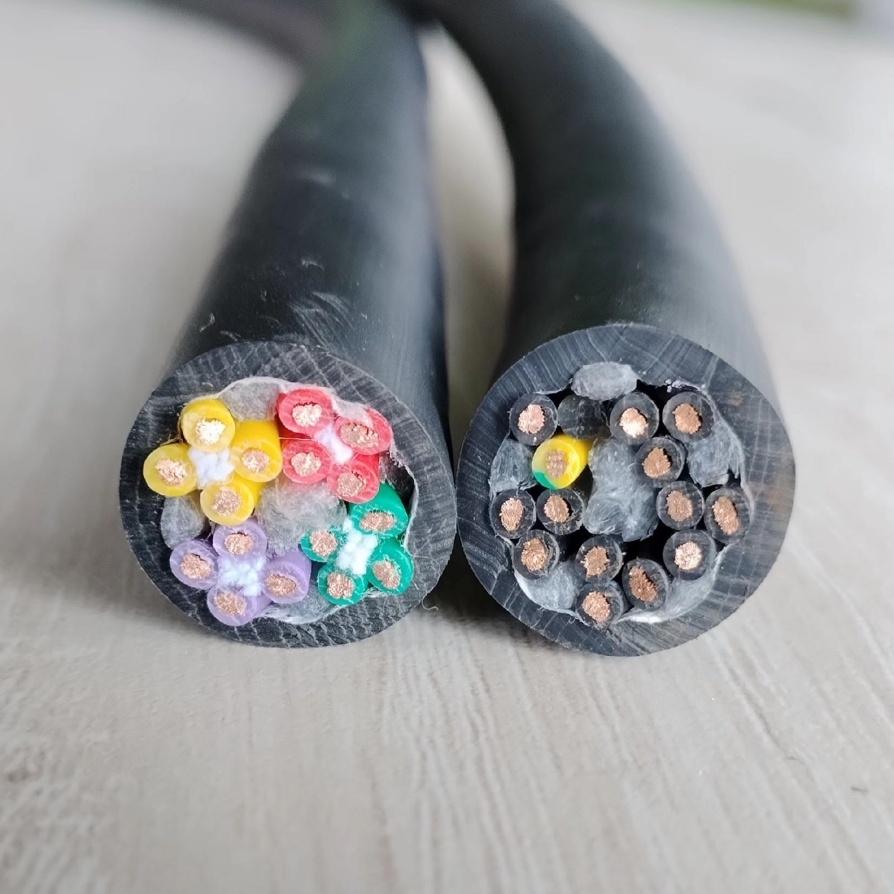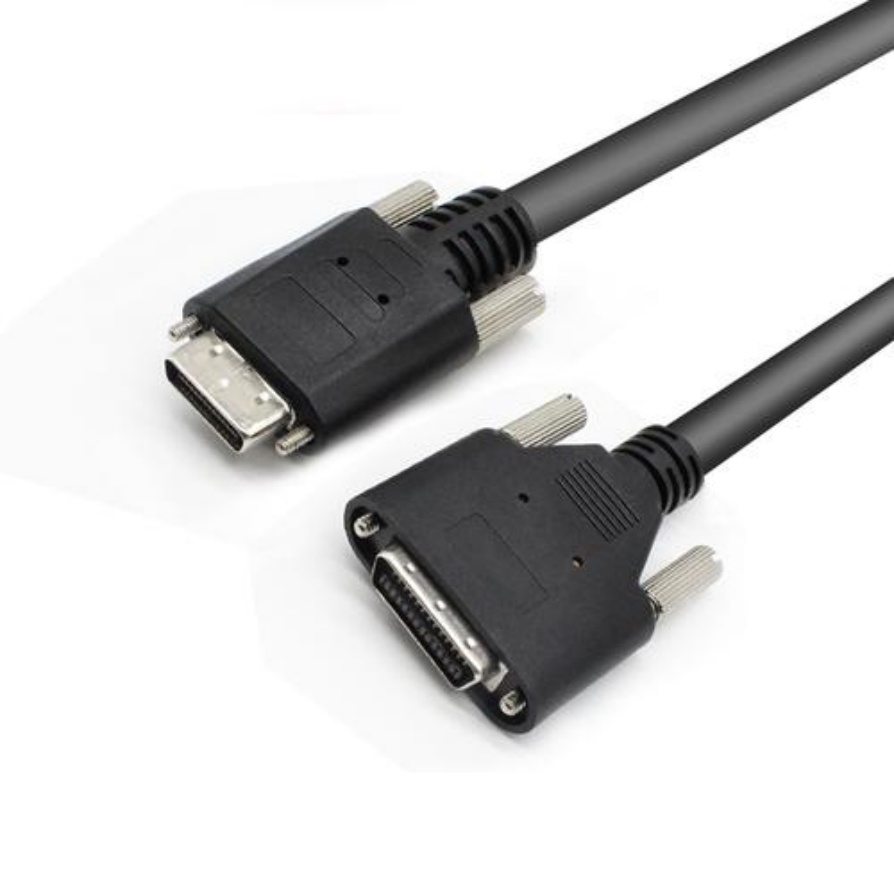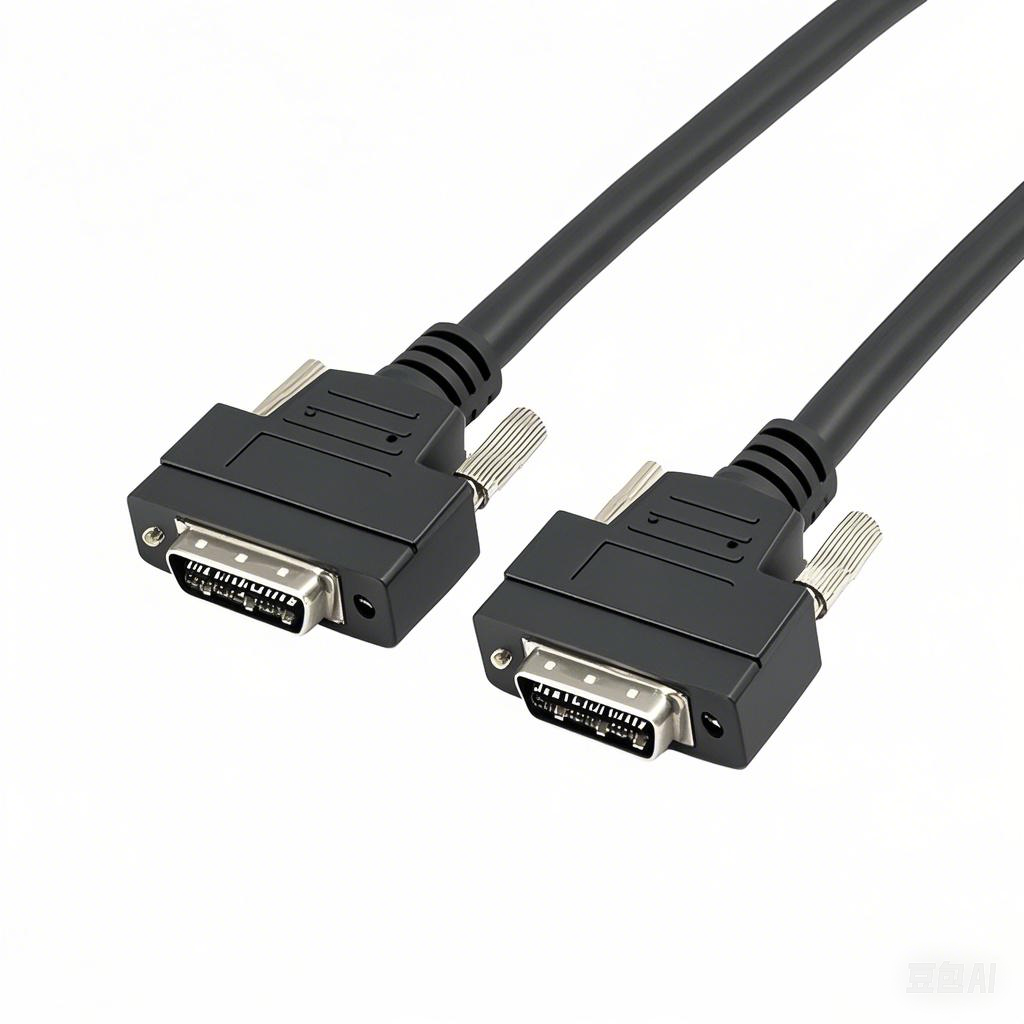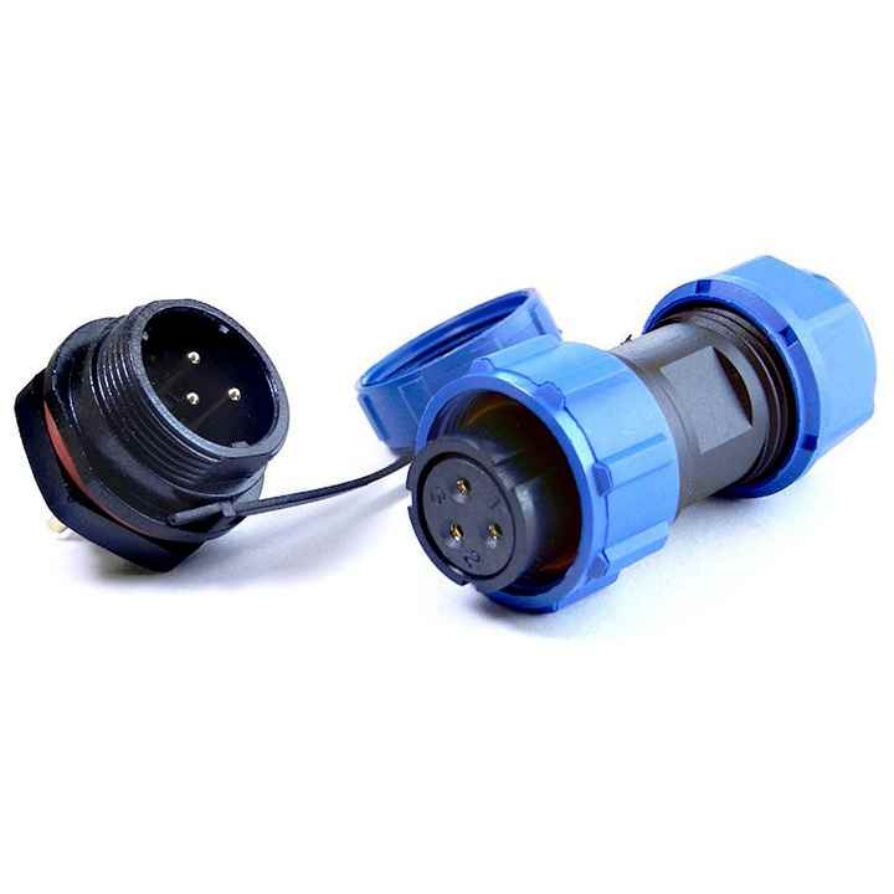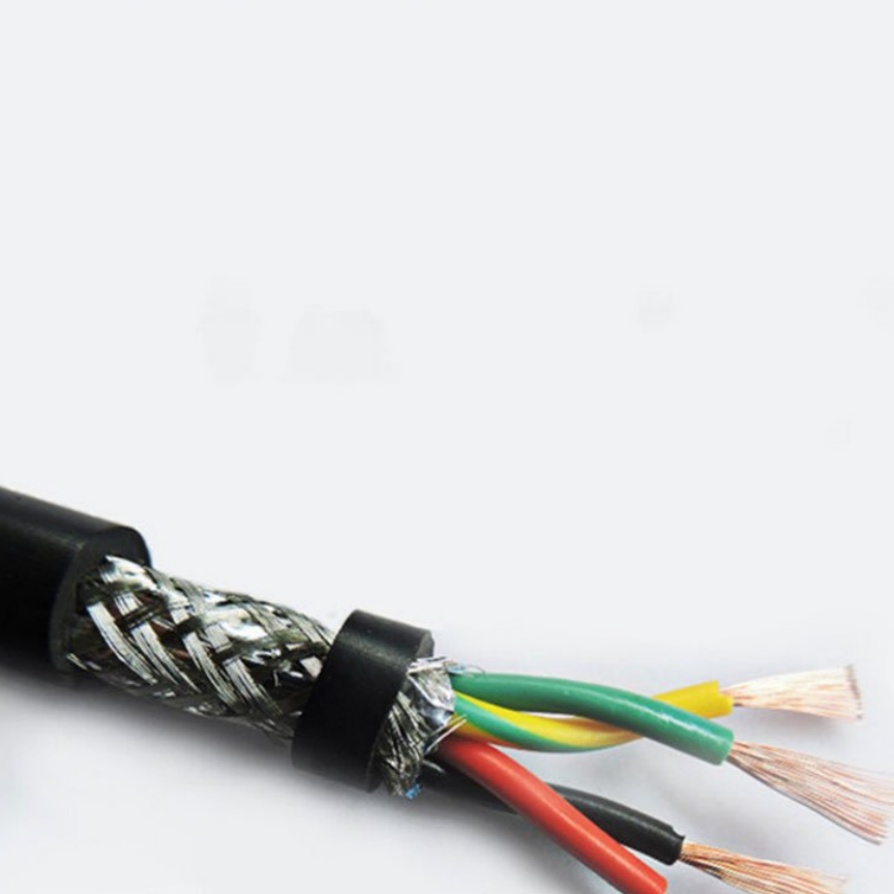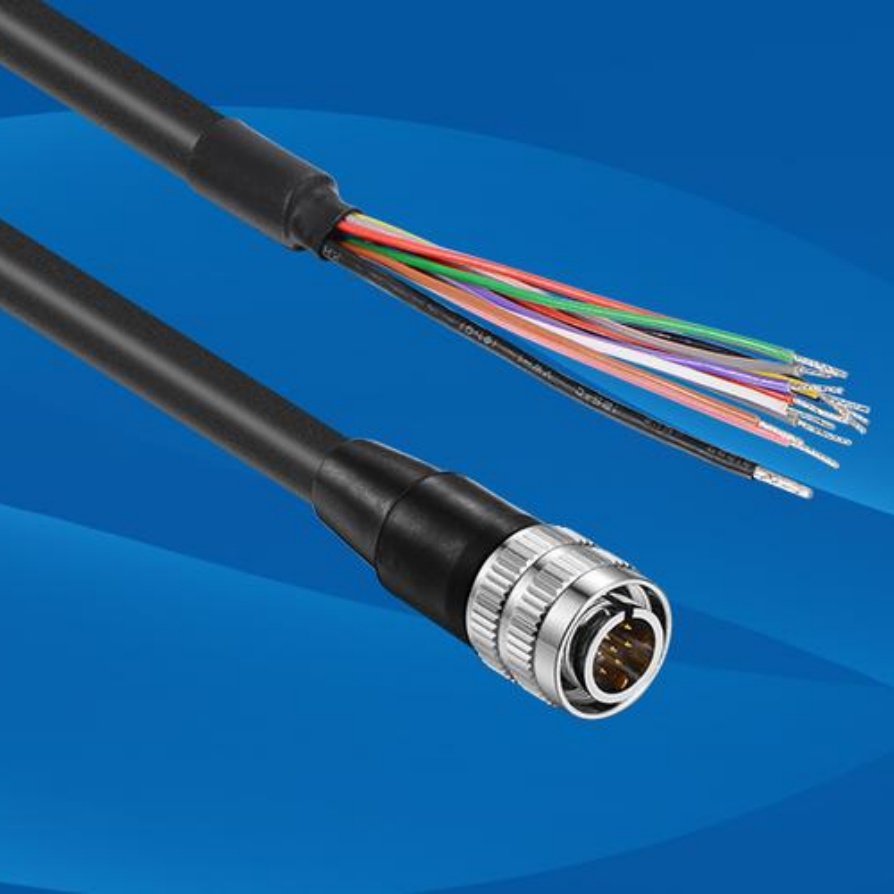How to Resolve Failures in Generic Machine Vision Cables
1.Diagnosing Common Failure Modes
Start by pinpointing the root cause of cable-related issues:
Failure Type Symptoms Likely Causes
Signal Degradation Blurred images, dropped frames EMI interference, impedance mismatch, long cable runs
Intermittent Signals Flickering video, random disconnects Loose connectors, broken conductors, poor shielding
Complete Failure No signal, system errors Cable cuts, connector corrosion, severed wires
Mechanical Damage Visible jacket tears, exposed wires Excessive bending, abrasion, crushing
Diagnostic Tools:
Multimeter: Test continuity and resistance.
TDR (Time-Domain Reflectometer): Locate breaks or impedance mismatches.
EMI Detector: Identify interference sources.
2. Step-by-Step Troubleshooting and Repair
A. Fixing Signal Degradation
Reduce EMI Exposure:
Reroute cables away from motors, VFDs, and power lines.
Add ferrite cores or EMI shielding sleeves (e.g., braided copper tape).
Shorten Cable Runs:
Use active repeaters or signal boosters for long distances (>10m).
Impedance Matching:
Replace connectors with protocol-specific versions (e.g., 75Ω BNC for analog cameras).
Quick Fix: A logistics center reduced EMI noise by 50% by wrapping generic Ethernet cables in shielded conduit near conveyor motors.
B. Addressing Intermittent Signals
Inspect Connectors:
Clean contacts with isopropyl alcohol and re-seat loose connectors.
Replace corroded or bent pins (e.g., M8/M12 connectors).
Reinforce Strain Relief:
Secure cables with adhesive-lined heat shrink tubing near connectors.
Repair Broken Conductors:
Splice damaged sections using crimp connectors and heat shrink.
Caution: Avoid soldering repairs, as rigid joints can worsen flex fatigue.
C. Mitigating Mechanical Damage
Jacket Repair:
Seal cuts with self-fusing silicone tape or liquid rubber compounds.
Stress Relief:
Install cable carriers or drag chains to limit bending radius.
Abrasion Protection:
Wrap vulnerable areas in spiral wrap or nylon sleeving.
Case Study: A packaging plant extended generic cable life by 8 months using abrasion-resistant sleeves on robotic arm cables.
3. When to Upgrade to Custom Cables
While repairs can temporarily salvage generic cables, certain scenarios demand an upgrade:
High EMI Environments: Shielded cables with dual-layer foil + braid (>90 dB suppression).
Dynamic Applications: High-flex cables rated for 5+ million bend cycles (e.g., PUR jackets).
Harsh Conditions: IP67/IP69K-rated connectors for moisture, dust, or chemical exposure.
High-Speed Data: Impedance-matched cables (e.g., 75Ω CoaXPress) for 10+ Gbps throughput.
Cost-Benefit Example:
Generic Cable:200,6ℎ(:200,failsevery6months(TCO:400/year + 10 hours downtime).
Custom Cable:500,5(:500,lasts5years(TCO:100/year + near-zero downtime).
4. Preventive Measures for Generic Cables
Maximize the lifespan of existing cables with these practices:
Secure Routing: Use clips, clamps, or cable trays to prevent tension and sharp bends.
Environmental Protection:
Apply dielectric grease to connectors in humid areas.
Use UV-resistant sleeves outdoors.
Regular Maintenance:
Monthly visual inspections for wear.
Annual signal integrity tests.
Labeling: Tag cables with installation dates and stress points for proactive replacement.


